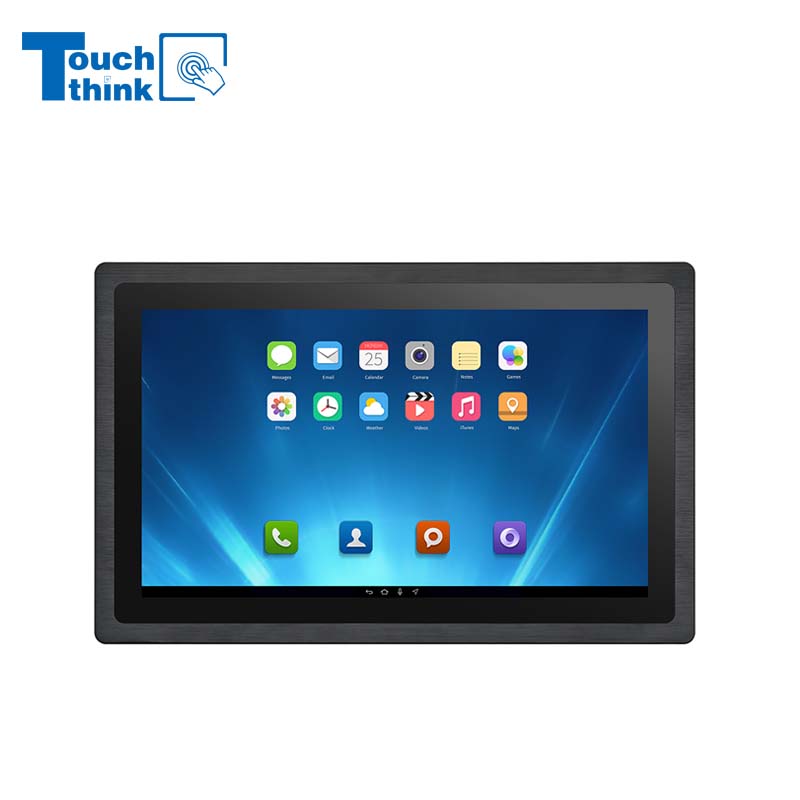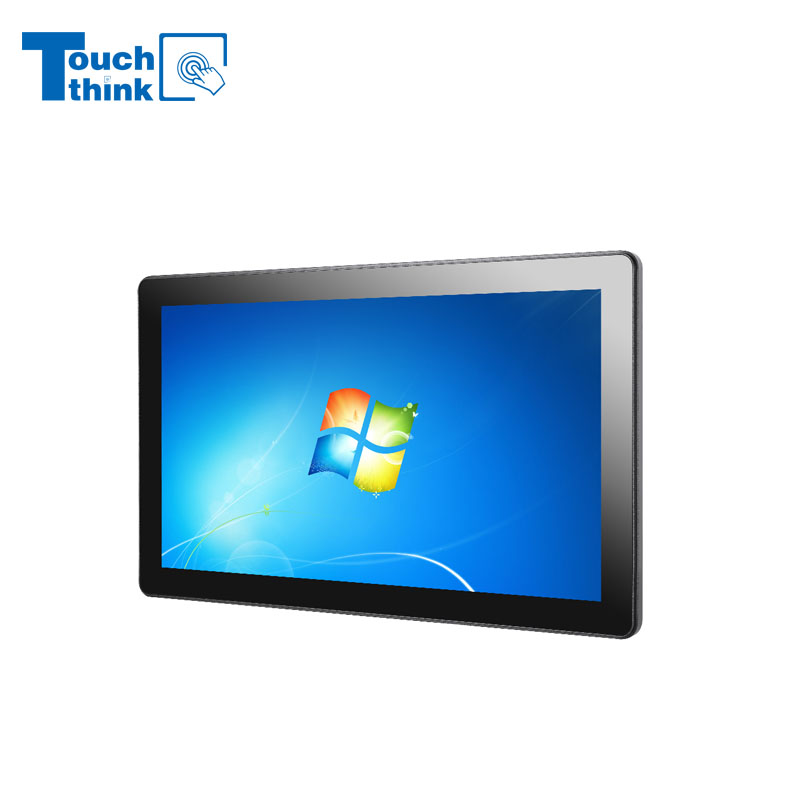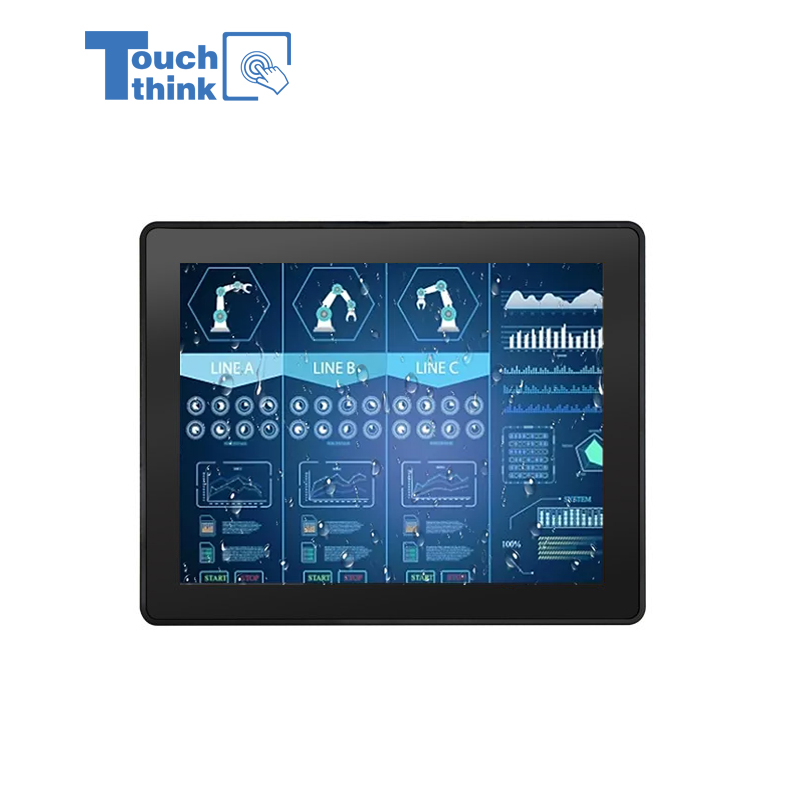A High Brightness Monitor is a computer monitor that is capable of producing a higher level of luminosity or brightness than a standard monitor. These monitors are typically used in environments where there is a lot of ambient light, such as in outdoor settings or in brightly lit offices. High-brightness monitors are also commonly used in digital signage and advertising displays. They are often rated in candela per square meter (cd/m²) or nits (nt). High Brightness monitors usually have a higher value of cd/m² or nits than standard monitors.
We specialize in the development and manufacture of industrial-grade touch screens and offer touch display solutions for your application, including industrial displays, industrial tablet PCs, and more, we offer industrial displays from 7-21.5 inch, contact us today for details.
Our high-brightness displays can reach a maximum brightness of a thousand nits (a unit of luminance). The exact brightness level will vary depending on the technology used in the display, such as OLED or LCD, as well as the specific model of the display. Some of the most advanced and high-end displays can reach brightness levels of over 1,000 nits, while more standard displays may reach levels of several hundred nits.
Higher brightness can have some advantages in certain situations, but it is not always better for a monitor.
One advantage of high brightness is that it can make the display easier to see in bright or well-lit environments, such as an office with fluorescent lighting. High brightness can also make the colors on the screen appear more vibrant and lifelike. However, high brightness can also have some downsides. For example, it can cause eye strain in low-light environments or if you spend long hours staring at the screen. High brightness can also consume more power, reducing battery life on portable devices or increasing energy costs. Additionally, in certain cases like night or low light environments, very high brightness can be uncomfortable to the eyes.
It's also worth noting that having a high-brightness monitor is not the only way to improve visibility or color accuracy. Other factors like contrast ratio, color gamut, and color accuracy also play a role in the overall picture quality of the monitor. In summary, a high-brightness monitor can be beneficial in certain situations, but it's not always the best choice and it's important to consider other factors as well.
To get a clear image under the sunlight, the brightness on the display should be over 700cd/㎡
View MoreRequest a quote
Related Information
15 Industrial Touch ScreenHigh Brightness MonitorIndustrial Touchscreen MonitorCommercial Touch Screen MonitorCopyright © Shenzhen Touch Think Intelligence Co.,Ltd. All Rights Reserved Update cookies preferences


